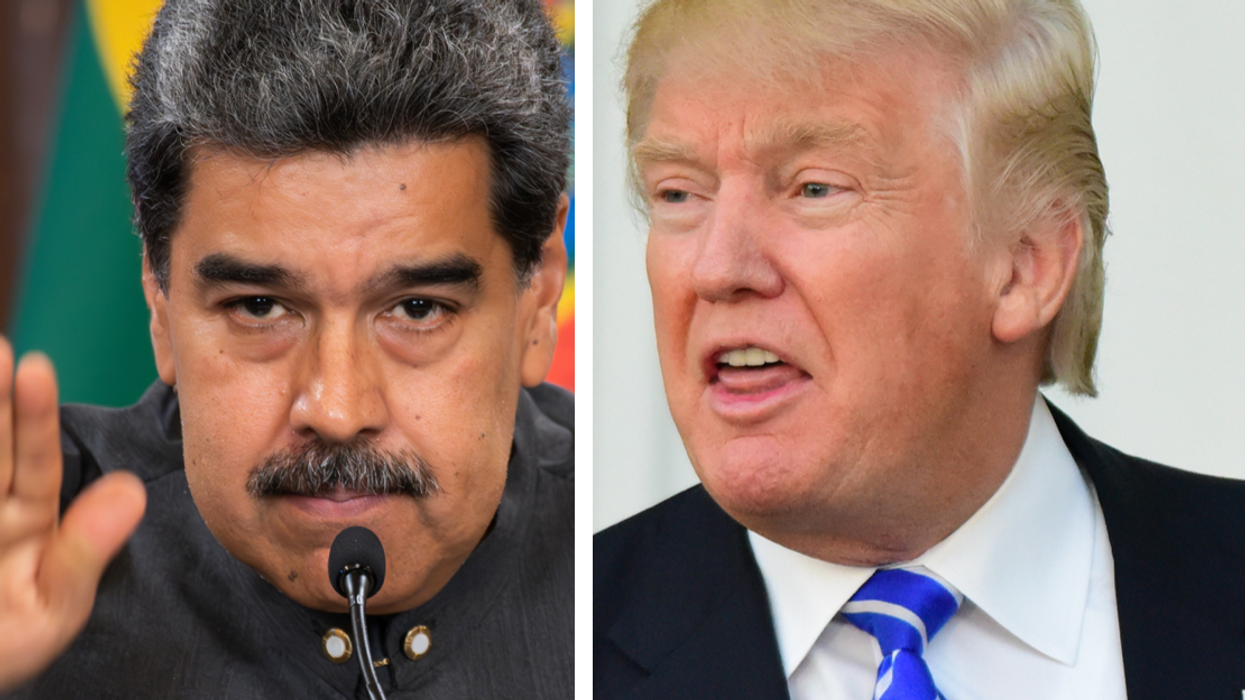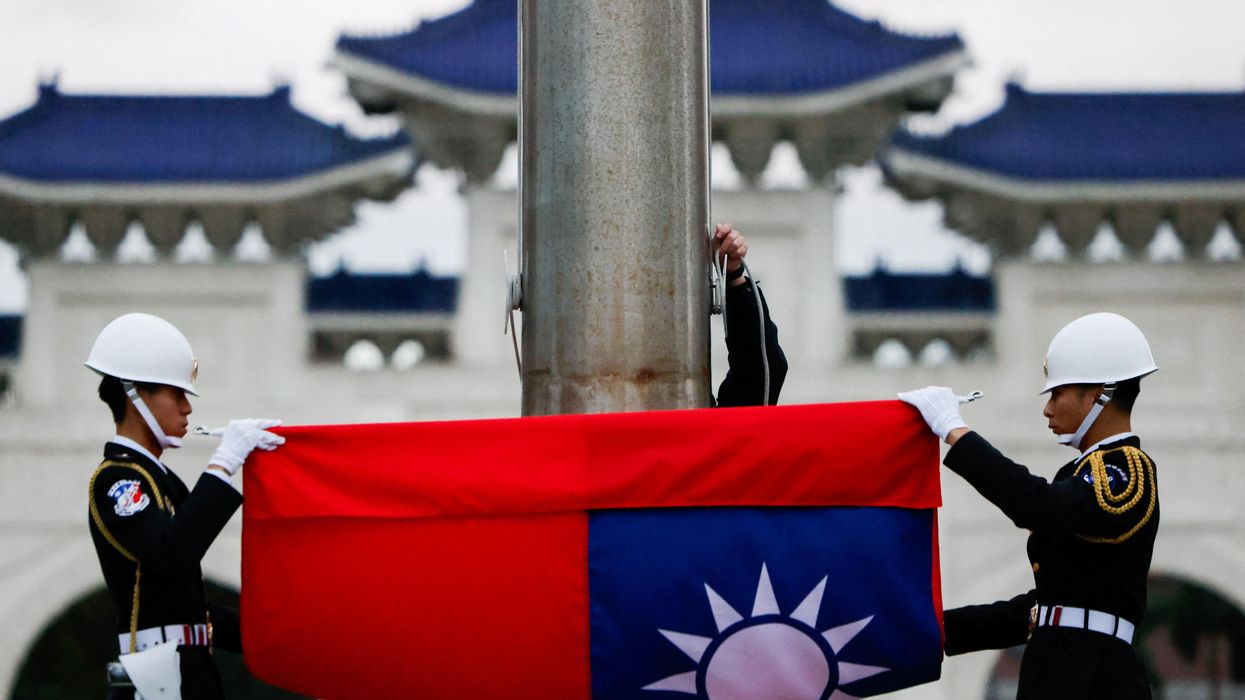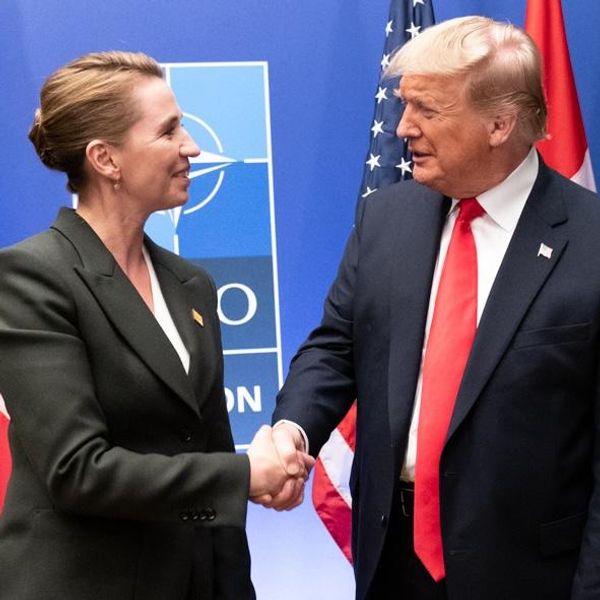The danger of a collision course between Taiwan and the People’s Republic of China is surging, and that development creates alarming risks for the United States.
Under the 1979 Taiwan Relations Act, Washington has an implicit commitment to come to Taiwan’s defense if the PRC resorts to military force against the island. That obligation may have made at least modest strategic sense when China was weak militarily. But with the substantial growth of the PRC’s military power over the past two decades, the risk-benefit calculation for the United States has shifted dramatically toward the former. U.S. leaders would be wise to conduct a comprehensive reassessment of Washington’s security relationship with Taiwan now, not in the midst of a full-blown military crisis.
Tensions between Beijing and Taipei have been rising ever since Tsai Ing-wen and her pro-independence Democratic Progressive Party swept to power in Taiwan’s 2016 elections. That electoral triumph torpedoed the strategy that Chinese leaders had pursued of building robust economic ties with Taiwan in the expectation that such links would gradually make the Taiwanese people more receptive to political reunification with the mainland. Tsai’s landslide re-election in January 2020 put the final nail in the coffin of Beijing’s hopes.
Not only has the DPP’s continued political control impelled the PRC to redouble its efforts to poach Taipei’s small number of remaining diplomatic partners and ratchet-up confrontational rhetoric against the island, it has led to an increasingly menacing military posture.
Air and naval military exercises in and around the Taiwan Strait have been on the rise since 2017, but 2020 has witnessed a marked increase in the scope and pace of such exercises. In early September, China conducted yet another large-scale drill off of Taiwan’s southwestern coast, justifying it as necessary to “safeguard national sovereignty” and thwart “the interference of foreign forces” promoting Taiwan’s “independence activities.”
Even more worrisome, PRC combat aircraft now routinely approach and even cross the de facto line of control in the middle of the Strait in an apparent effort both to intimidate Taipei and test Taiwan’s air defenses. In June, Beijing even sent a bomber as part of such a menacing foray.
Taipei invariably sends up its own fighters to intercept and challenge the Chinese planes. In one of many recent incidents, two PRC anti-submarine aircraft intruded into Taiwan’s declared air defense identification zone on September 16. There have been more than two dozen aerial episodes over the past two months.
A September 18 editorial in Global Times, a state-owned Chinese tabloid, is especially ominous. An inflammatory headline asserted that not only were the latest large-scale military drills a warning to Taipei, they were a “rehearsal” for a takeover of the island. The editors railed against “frequent collusion between the U.S. and the island of Taiwan, the visit of U.S. Undersecretary of State Keith Krach to Taiwan in particular.”
Indeed, China’s anger at the growing “collusion” between Taipei and Washington was quite graphic as was the threatened response. “If the U.S. secretary of state or secretary of defense comes to Taiwan, the PLA should fly its aircraft over the island and conduct exercises above it. The missiles we test should also fly over Taiwan.” The editorial warned further: “If the U.S. and Taiwan island think they can realize ‘normalization’ of relations by adopting ‘salami tactics,’ they will be plunged into peril and risks.” The PRC “is determined to take all necessary means, including military options, to prevent the U.S. and the island from upgrading their provocations.”
Beijing’s allegations about greater U.S.-Taiwanese strategic cooperation are not misplaced; such ties have been expanding throughout Donald Trump’s presidency. One key milestone was the passage in March 2018 of the Taiwan Travel Act. That law not only authorized but explicitly encouraged high‐level U.S. national security officials to interact with their Taiwanese counterparts, reversing a four‐decades‐old policy.
The following year, the U.S. national security adviser John Bolton met with David Lee, Secretary General of Taiwan’s National Security Council, to discuss regional security issues of mutual concern to Washington and Taipei.
Taiwan’s partisans in Congress and the U.S. foreign policy community are pushing hard for even greater military cooperation. One crucial proposal is the Taiwan Defense Act. If signed into law, that measure would obligate the U.S. government to “delay, degrade, and ultimately defeat” any attempt by the PRC to use military force against Taiwan.
Recent U.S. actions indicate that Washington is moving rapidly to enhance deterrence against possible PRC military moves even without passage of the TDA. In mid-August, the Trump administration approved an $8 billion sale of 66 advanced F-16v fighters to Taiwan — the largest weapons sale in many years — to help Taipei’s concerted effort to strengthen its own military capabilities.
In addition to enhancing defense cooperation with Taiwan, the United States is boosting its own military presence in the region. The transit of U.S. warships through the Taiwan Strait is becoming noticeably more frequent, even routine.
If the United States does not exercise greater care, it could be headed for a military collision with the PRC regarding Taiwan. Such an outcome would be calamitous for both countries as well as the Taiwanese. The Taiwan Relations Act includes two obligations for Washington. One is to sell Taipei “weapons of a defensive nature.” The other is to regard any PRC coercive moves against the island as a grave “breach of the peace” in East Asia. A worthwhile reassessment would separate those two commitments.
U.S. leaders need to adopt a new approach that limits the risks to the United States. Continuing to sell arms to Taipei undoubtedly will annoy Beijing, but unless the PRC wants to initiate a direct military confrontation with the United States, there is little Chinese officials can do to halt the process. Indeed, Washington likely can maintain its liberal definition of what constitutes “defensive” weapons. Pentagon officials already have managed to shoehorn advanced F-16 fighters into that category,
Such a continuing posture is not without risks, but they pale compared to those that now exist with any implied commitment to use U.S. military forces to repel a PRC attack on the island. Trying to prevail in an armed confrontation in the Taiwan Strait would be a perilous undertaking with an uncertain outcome even today. Given the pace of China’s growing military capabilities, it may well be an impossible undertaking in just a few more years. Moreover, even if the United States did “win,” the costs in both blood and treasure would be massive.
U.S. leaders have an obligation to the American people to consider in a sober, dispassionate manner whether preserving Taiwan’s de facto independence is worth such a sacrifice. Furthermore, the window for making such a crucial policy reassessment appears to be closing fast. Evidence continues to mount that Beijing is deadly serious about compelling Taiwan to accept political reunification with the mainland. If Washington does not do a risk-benefit calculation now, it may find the opportunity to do so evaporating with the onset of a catastrophic armed conflict.
















